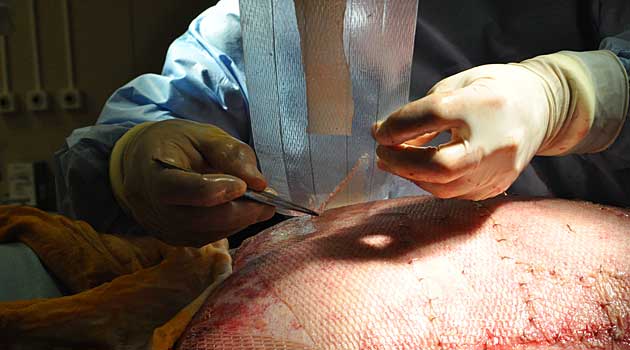ICIJ used four databases provided by the Food and Drug Administration in its analysis of the tissue banking industry. Those databases include the Human Cell and Tissue Establishment Registration, the Operational and Administrative System for Import Support (OASIS), and data sets on tissue bank inspections and deviations. We also analyzed membership of the American Association of Tissue Banks (AATB).
The tissue bank registry was the core dataset used in the analysis. It covered registrations from Jan. 1, 2001 through Feb. 20, 2012. We relied only on the “registered” banks for standard descriptive statistics to compare trends in registration over time. “Pre-registered” entities may also be active but have not been assigned an FDA Establishment Identifier (FEI). Inactive entities no longer included critical data such as tissue types or bank function.
OASIS data covered imports from January 2003 to February 2012. The FDA was unable to provide data on all imports comprising human tissue, as it does not maintain distinct product codes for medical devices containing human tissue. In more than 900,000 import records the FDA indicated could include human tissue, ICIJ could clearly identify only 14,749 containing human tissue.
Inspections covered Jan. 1, 2000 to Feb. 20, 2012, the most recent data available. ICIJ ran descriptive statics on these data to show trends in tissue bank registration since 2001 and inadequacies in FDA oversight – discounting any inspections that occurred prior to initial registration. ICIJ also discounted any inspect data with a “Pre-registered” status, as it was not possible to join to the registration data using the FEI. ICIJ also discounted “inactive” banks in our analysis as the registration data did not provide a date of de-activation. The inspection data included 75 FEIs that did not match on any tissue establishment listed in the tissue bank registry — two percent of the total registrations.
Data on deviation reports filed by tissue banks span July 2007 to April 2012. ICIJ used the date of discovery and date of reporting to analyze how many reports were filed within the allowable 45-day window.
For our analysis on tissue banks accredited by the American Association of Tissue Banks, ICIJ relied on the membership list posted on the AATB website. According to the association, all satellite offices of listed banks also fall under the AATB accreditation. ICIJ manually entered the FEI for each AATB bank and satellite office, then joined it to the tissue bank registry using the FEI available in the registry.
How did we connect the dots and map relationships within the global tissue trading network? Find out how we analyzed the data here.




